Most popular attractions in Antigua
The small Caribbean island of Antigua lies near the centre of the Caribbean chain sandwiched between St Kitts and Nevis, Montserrat and Guadeloupe. Once an important station for the British Navy it has many historical and cultural attractions, as well as the natural ones such as beaches, rainforests and reefs. There’s plenty of special offers in Antigua to make the most of, and once there, here’s a list of the most popular attractions in Antigua.
The beaches
Antigua is home to 365 beaches, one for each day of the year. Some are perfect for lazing on the sugar white sand, others are better for activities including snorkelling and windsurfing or walks and romantic picnics. Some of the best are the five secluded Hawksbill Beaches, quieter than the popular Dickenson Bay, but still with plenty of facilities. They are ideal for swimming or snorkelling on the reefs further out. From here you can also take a boat out the uninhabited Prickly Pear Island.
Nelson’s Dockyard and English Harbour
Other than its beaches one of the most famous attraction on the island is Nelson’s Dockyard and English Harbour – a UNESCO World Heritage Site, and shadow of British Navy’s influence in Antigua. In the middle stands the restored Georgian naval dockyard once the home of the British fleet during the Napoleonic Wars. The Dockyard Museum is well worth a look to learn about the history of the area.
The rainforest
While the exterior of the island is full of idyllic beaches, old English forts and naval bases, the interior is filled with lush emerald green rainforest, home to many types of birdlife. The best way to see the interior is on a hike or nature trail, of which there are many around the island. Another great way is to go on a rainforest zipline canopy tour over the treetops.
Devil’s Bridge
Situated on the island’s northeastern point, Devil’s Bridge sits within one of the island’s four national parks – Indian Town Point. Devil’s Bridge is a natural rock bridge which was created by waves and surf pounding it over centuries and provides a spectacular sight surrounded by blowholes and wild surf. There are many hiking trails nearby, as well as excellent picnic spots. One of the best is to Long Bay, which is also great for snorkelling.
The reef
It’s not only the island that has attractions here though as the views under the waves are just as popular. A trip to Antigua can’t be complete without a spot of snorkelling or diving to see them. There are four main types of coral reefs around the island – barrier, bank barrier, patch and fringing, which are home to a vast array of species, from sea turtles to clown and angel fish, manta rays, lobsters and lionfish. The reds, oranges and purples of the coral gardens can be viewed both snorkelling right off the beaches or on an organised scuba trip further out. One of the best places for snorkelling and diving is the Cades Reef on the southwestern part of the island.
Top Tourist Attractions In Portugal
The top tourist attractions in Portugal are unique to the country even though it shares the Iberian Peninsula with Spain. It owes its unique identity to its geographical and cultural separation from its Spanish speaking neighbor. While Portugal might not be the richest country in Western Europe, it has is a rich land with lively cities and plenty of attractions to see an enjoy.
1. Cristo Rei
This Christ the King statue is the country’s most iconic landmark. The Portuguese had it built to give thanks because their country was spared from harm in the second World War. Cristo Rei resembles the world-renowned Christ the Redeemer Statue in Brazil. Situated in Lisbon, Portugal’s capital and largest city. It hasn’t moved an inch since its completion in 1969.
2. National Museum of Ancient Art
The museum of Ancient Art has the most expansive collection of Portuguese art from before the 19th century. Like Cristo Rei, you can find it in Lisbon. Included in its displays are a variety of artworks including sculptures, drawings, and paintings. The oldest collections in the National Museum of Ancient Art are from the Middle Ages. Works of famous artists such as Cristovao de Figueiredo, Francisco de Holanda, and Garcia Fernandes are part of the impressive exhibits.
3. Algarve
The Algarve is a region located in the most southern part of the country and is home to some of the most amazing beaches Portugal has to offer. The Algarve is one of the top tourist attractions in Portugal with more than 10 million tourists coming to visit every year, with a high percentage of British notably escaping the winters back at home. There are many beautiful coastal towns to choose the perfect accommodation and you can stay in everything from hostels to 5-star hotels. For a unique experience, check out Villa Plus, they’ve got a large list of amazing villas to enjoy with your better half or the entire family.
4. Monsanto Forest Park
Home to pleasant countryside, there is no better place to see natural beauty than in Monsanto Forest Park. It has more greenery than anywhere else in Portugal. The area contained by the park used to suffer from reduced wildlife until the government deemed it a protected area. Today, it has an ecological park, a thriving flora, and a recovering population of animals.
5. Berardo Collection Museum
The Berardo Collection Museum opened its doors to the public in 2007 in Lisbon. Unlike the National Museum of Ancient Art, it displays modern artwork. There are more than a thousand individual pieces currently on display. And with more than 2.6 million tourists visiting every year, Berardo Collection is one of the world’s most visited museums.
Works by famous artists like Pablo Picaso, Jackson Pollack, Salvador Dali, and Andy Warhol are part of its exhibits. Berardo Collection Museum is definitely one of the top tourist attractions in Portugal not to miss if you’re an art lover.
The Maldives: what to expect in terms of culture
Postcard-perfect beaches, balmy weather, lush greenery – the Maldives is an archipelago that virtually everyone wants to visit. And that’s very conservative on my part, I think; I mean, if money was no object, who wouldn’t come here? Most of the time, all you hear about is its beaches and luxury hotels; its diverse culture, meanwhile, is rarely mentioned.
Today is the day that changes, however, as culture is going to be the focus of this post. If what you read inspires you and you decide to sort out the practical details of your holiday right away, such as finding a hotel, just do a Google search for the Maldives and plenty of info will pop up.
A glance at history
Any destination’s culture is largely shaped by its history, so when I tell you that the Maldives has a fascinating past under the rule of a number of countries and suffused in myth, you should recognise that now is the time to get excited.
The first thing to know is that the islands of the Maldives dot the trading route of the Indian Ocean – something that has meant that visitors from far and wide having been coming here both in the form of short stops and of settling for centuries on end. So, the country is no stranger to overseas influences, which have made their impact on the culture over the years.
Just to give you an idea of what influences are at play, the original settlers here belonged to the Buddhist faith, but the nation converted to Islam back in 1153. In 1558 the Portuguese invaded, before being forced out in 1573. The archipelago then became a protectorate of Great Britain in 1887, gaining independence in 1965. In 1972, the first-ever island resort was built – a real landmark when you think how important local tourism is now.
Language, arts and more
So, you now have a (very) broad outline of the Maldives’ history, which means it’s time to look more directly at what you’ll experience in terms of culture. We’ll begin by taking a quick look at things like language, which you’ll come into contact with as soon as you arrive.
The national tongue is Dhivehi, but you’ll find the dialect can vary depending on whereabouts you are. For instance, on the inhabited islands in the far south you’ll notice a distinctly different dialect from places like Male’ – something that’s often attributed to the former’s relative isolation.
If you go island hopping, expect to discern differences in people’s appearances from one atoll to the next. This is down to the Maldives’ trade route location, which saw peoples from places like Africa, Arabia and south Asia settle here.
So, it’s easy to see the country is something of a melting pot. What I like doing is exploring the local arts and picking out different slices of heritage – as well as seeing how these diverse elements come together to create something new.
For instance, head into a mosque and you’re likely to see intricate patterns on the wooden beams, which can be traced back to south-east Asian influences. In terms of music, keep your eyes (and ears!) peeled for the bodu-beru, which is like an African drum.
Go island hopping, meanwhile, and you’re likely to do so in a dhoni – a traditional Maldivian boat. Look closely, though, and you’ll see it looks very similar to an Arabian dhow.
Why visit Croatia?
Croatia is increasingly becoming a popular holiday destination with families and solo travellers alike. But what is it that is drawing ever growing numbers of Brits to this part of Europe? Read on to find out what the allure is.
Stunning coastline
With over a thousand miles of coastline on the Adriatic and plenty of islands to visit, Croatia is a great sun and sea destination. It is easy to travel between these coastal areas in order to get a bit of variety. With crystal clear sea and picturesque coves, what more could you want?
Moderate temperatures
The sea helps to moderate temperatures in Croatia throughout the year, meaning that winters do not get too cold and summers are not excruciatingly hot. In the summer months Dubrovnik experiences minimums of 14 degrees Celsius and highs of 28.
Natural beauty
Two stunning places to visit in order to see the best of Croatia’s natural beauty are the Plitvice Lakes and the Krka National Park. The former is situated close to the border with Bosnia and Herzegovina with a backdrop of karst mountains.
Here you will find 16 interconnected lakes of the most stunning turquoise colour that will take your breath away. It is a wonderful place to spend the day meandering through the countryside and enjoying the scenery.
Meanwhile the Krka National Park also has a series of lakes and waterfalls, the most famous of which is Skradinski buk, where visitors can swim at its base. This is a great way to cool off after an afternoon walking on the park’s trails, so do not forget your swimwear.
Stone towns and cities
The towns and cities of Croatia are characterised through buildings created out of a pile stone that glows slightly yellow in the sun. Add to this the traditional terracotta roofs and many of these settlements look particularly picturesque.
Approaching towns on the islands from the sea often gives a good first introduction to these places, where churches are usually the dominating feature.
Nowhere is this view more apparent in Dubrovnik, with its incredible buildings and complete set of walls. The old town is often a highlight of many trips to Croatia and walking the entirety of its defences a must-do activity.
From here you can look in towards the sea of terracotta tiles or out to the shimmering waves. Break up the walk with a drink at one of the bars set into the cliffs with a view of the Adriatic.
The cuisine
Croatian food is very much influenced by its proximity to both the sea and Italy, which lies across the expanse of water. The former means that sardines, squid, lobster and shellfish are all in abundance along the coast. Make the most of this by sampling the catch of the day cooked up in the simplest way possible.
From Italy, Croatia has developed a love of pasta and it is made fresh with an assortment of fillings and sauces. These often vary depending on which region you are visiting. Those spending time between more than one place will get the opportunity to taste the difference firsthand.
A thriving capital
Despite the lure of the coast, Croatia’s inland capital, Zagreb still has a lot to offer visitors. There are galleries and museums, top-class restaurants and buzzing bars. Impressive Austro-Hungarian buildings tower over wide squares, while beer halls quench the thirst of the masses.
These are just a few great reasons why to visit Croatia, the list is endless!

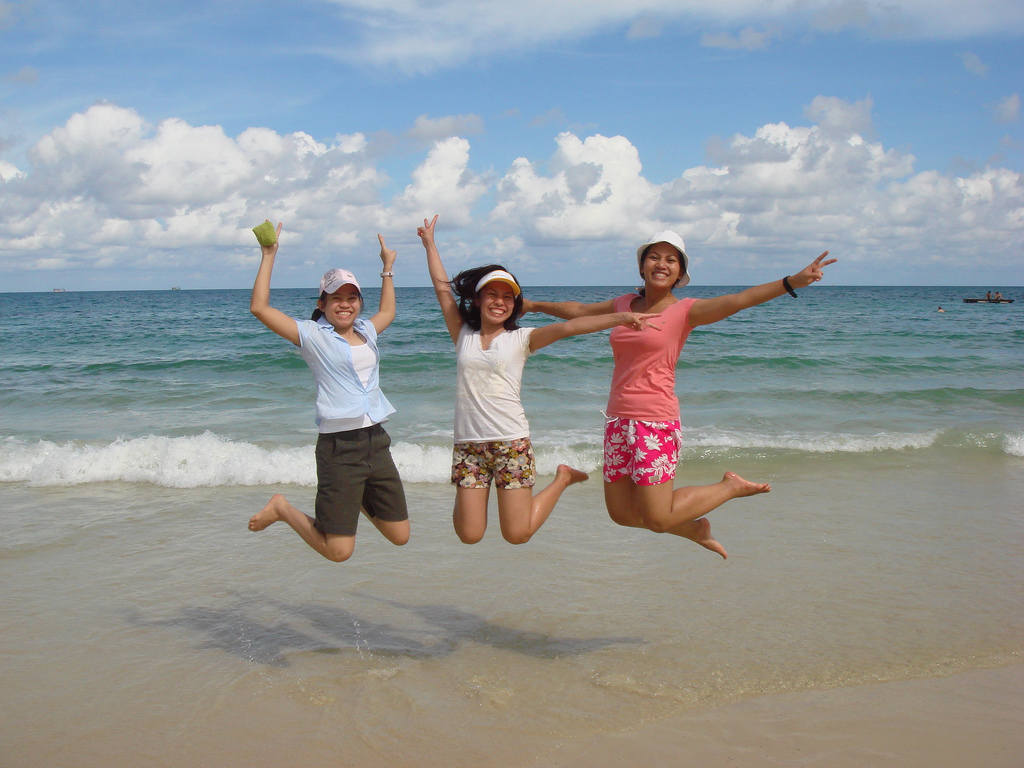
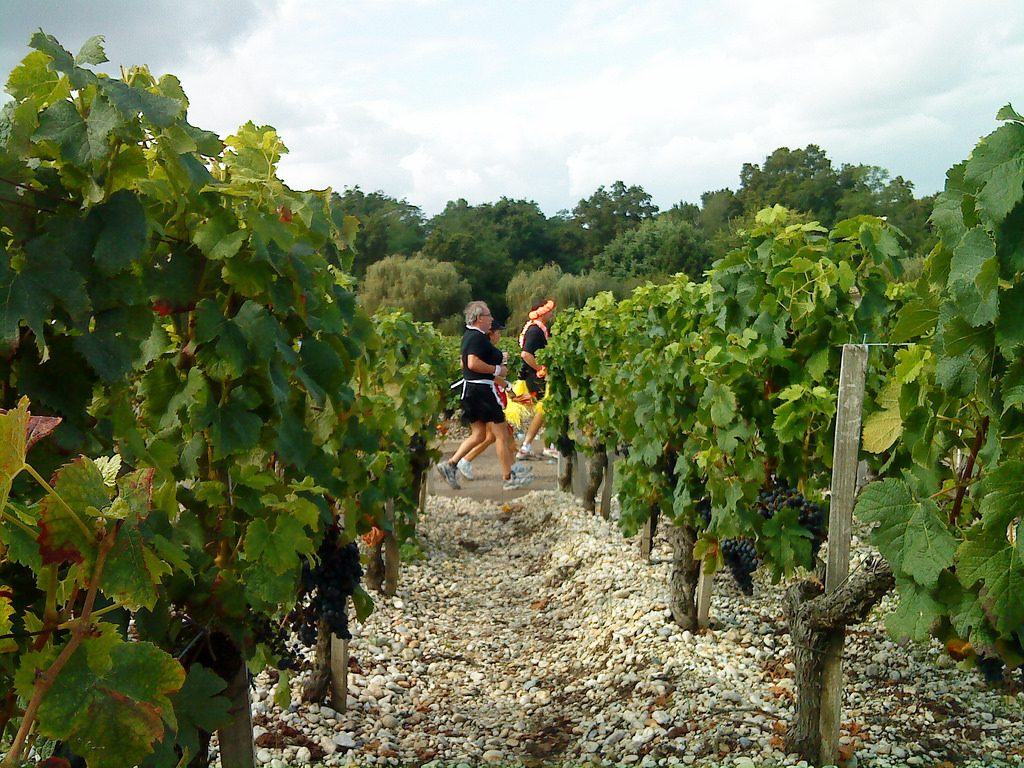



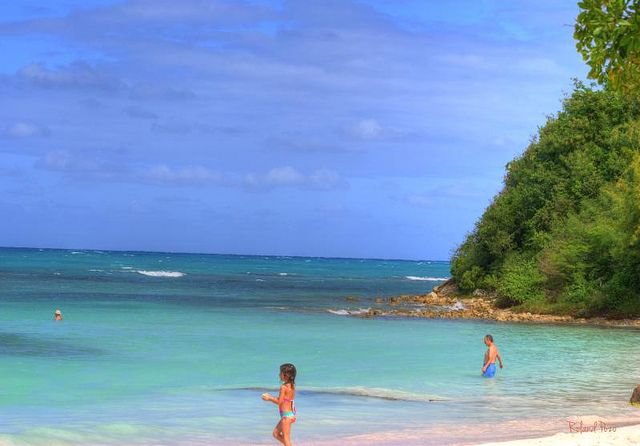
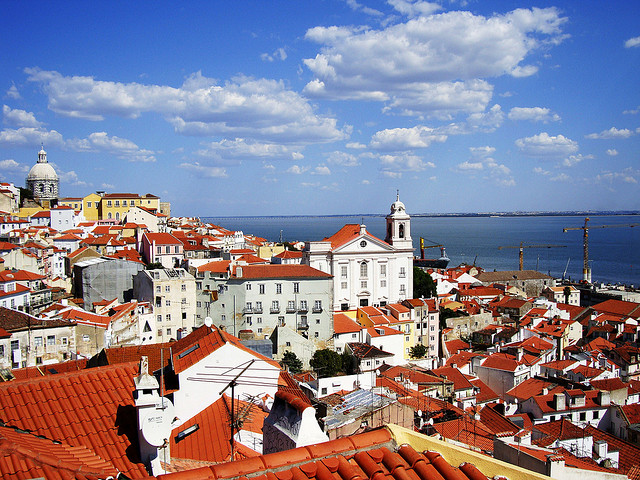
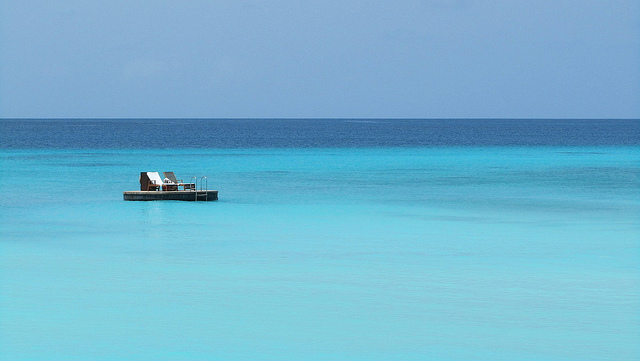
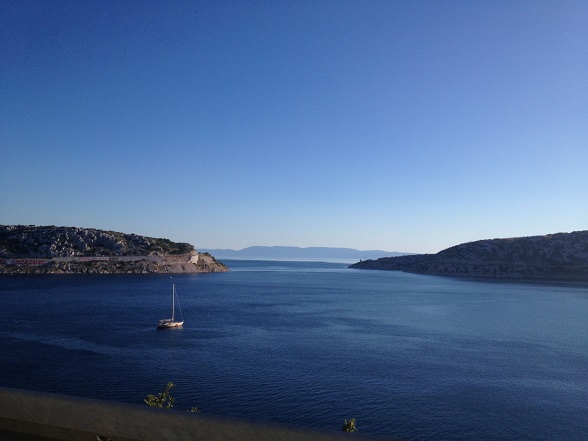



 Welcome to Home Town Travel Guides.com , your source for travel guides written by locals and those who've been there and done that! ~Jeremy
Welcome to Home Town Travel Guides.com , your source for travel guides written by locals and those who've been there and done that! ~Jeremy